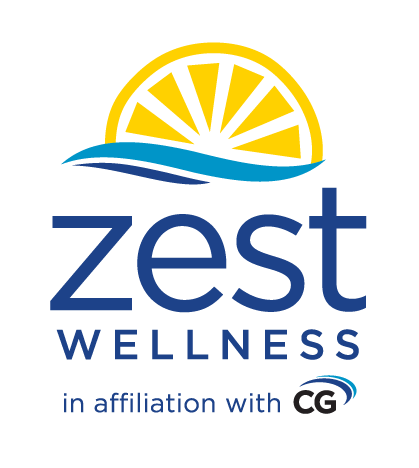Fit for Work: How Your Body Can Help You Be Your Best
It’s a Tuesday morning. Your project report is almost done, but neck pain sets in. You will have to stop working and sacrifice the report’s deadline for tomorrow. Hopefully, the rest of the project team can adapt to your missed deadline.
Thursday afternoon comes and your task is to fix the piece of heavy equipment, which is malfunctioning, placed in front of you. You're about to inspect the bottom of the piece of heavy equipment, but the lack of flexibility in your hips is compromising your safety.
When poor health and levels of fitness, of our body, prevents us from being our best at work, this affects our productivity and safety. This is not an ideal price to pay, while we are trying to earn our pay.
This article explores what we can do for our body to improve our fitness for work, to be our best.
Before we identify what we can do for our body, we are to acknowledge what are our demands at work. Separated below are the physical job demands we can experience at work, as well as the cognitive job demands. Demands vary by industry and role.
After reviewing what are the physical and cognitive job demands we may encounter during our work, we may notice themes, such as the presence of muscular strength and coordination used when operating equipment, how the range of motion within joints matters for posture when sitting for prolonged periods, and how endurance can affect the mind in terms of maintaining our focus on the task and people in a situation, throughout a day and week.
What we can do for our body to improve our fitness for work, to be our best, is to apply aerobic and resistance training to our daily routines.
Aerobic training is a dynamic activity that involves large muscle groups and results in substantial increases in heart rate and energy expenditure; and resistance training is the use of various types of resistance exercises to impose a mechanical demand that induces muscular contraction (by lifting, pulling, pushing, or holding a weighted object, or using body weight as resistance). Source: Canadian Society for Exercise Physiology
Examples of aerobic training activities are walking, jogging, running, cycling, ellipticals, or rowing, and examples of resistance training equipment can include machine weights, free weights, kettlebells. There are sports and training classes that may combine both aerobic and resistance training.
To touch on a specific reason why at the cellular level, aerobic and resistance training is beneficial for the body, is because aerobic and resistance training increase heart rate, which pumps oxygen throughout the body, including the brain, aiding in the release of hormones to produce more mitochondria in muscle tissue, leading to a greater capacity for energy production, and greater levels of brain-derived neurotrophic factor (BDNF) – a neurotransmitter essential for cognitive functions such as learning and memory. You know what, let's share another specific reason why at the cellular level aerobic and resistance training is beneficial for the body. With inactivity, the absence of aerobic and resistance training, the connective tissue within joints shortens, which restricts the range of motion, and doesn’t allow our body to maintain a healthy posture. How interesting is that!
The question for you is, are you applying aerobic and resistance training to your daily routine, to keep up with your physical and cognitive job demands? To help you answer this question, you can compare yourself to the following recommended guidelines. The recommended amount of aerobic training is at least 150 minutes of moderate- to vigorous-intensity aerobic physical activity per week, in bouts of 10 minutes or more. Also, the recommendation for resistance training is to add muscle and bone-strengthening activities using major muscle groups, at least 2 days per week. Source: American Heart Association
You may indeed speak to your CG Zest Wellness Coordinator to create your very own aerobic and resistance training plan – an exercise prescription! To help track your progress over time, you may also be eligible for the CG Zest Wellness platform, powered by Virgin Pulse. The enrollment link for the platform can be found here: https://cgzestwellness.com/.






